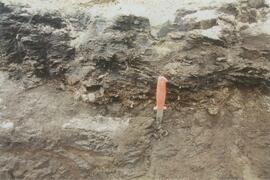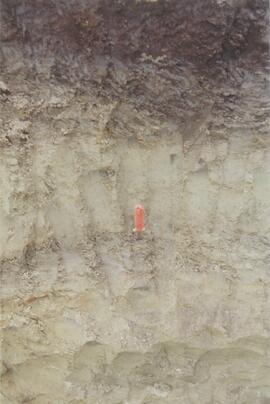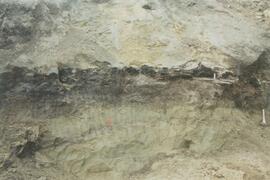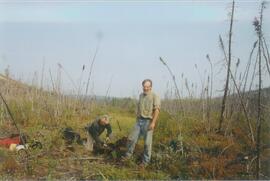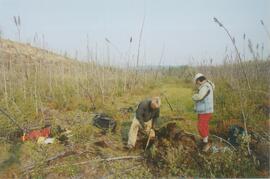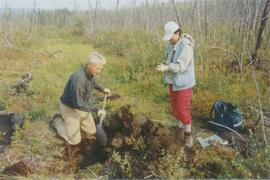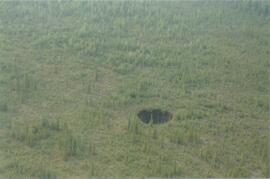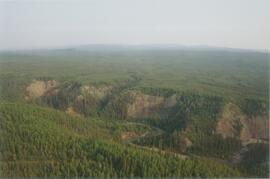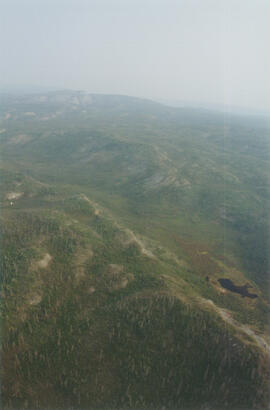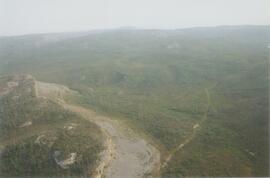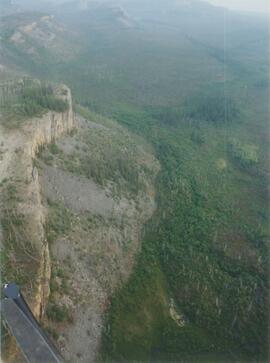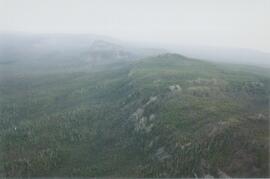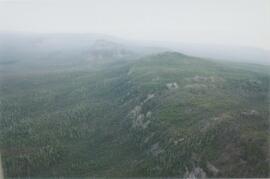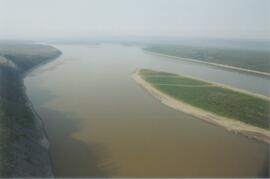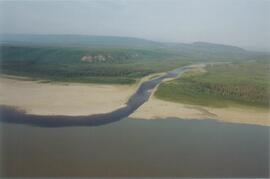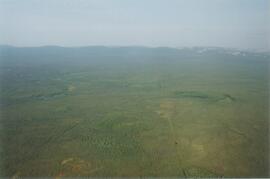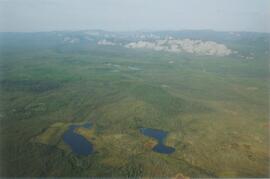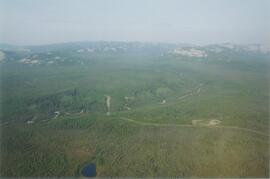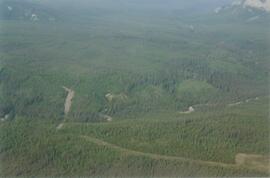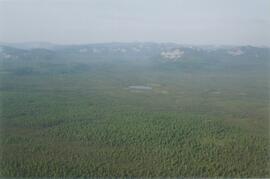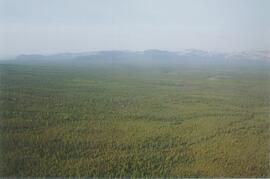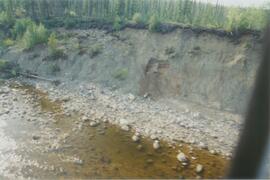Data set "Yukon-AK 2004 soils data (Lost Chicken).xls" consists of Pliocene Rego Humic Gleysol (peaty) data from the Lost Chicken Mine site.
Original Land Resource Research Institute soil description detail forms prepared by Scott Smith for 3 locations, annotated on covers as follows:
SS91010 Lost Chicken Regosol Paleosol 26/6/91
SS91011 Lost Chicken Ash in Felty Peat 27/6/91
SS91013 Lost Chicken Mine “Up the Creek” ash site 28/6/91
Each of the three forms contains an attached annotated Polaroid photograph depicting each site.
Undated 2-page memo to Dave [Carter?] [from Scott Smith?] with review comments on a draft manuscript; attached to a draft table with basic characterization data for 3 paleosol sequences at the Lost Chicken mine (profile numbers 91010, 91011, & 91013)
Carter, L. David, Thomas D. Fouch, C.A.Scott Smith and Michael J. Kunk. (n.d.) Physical stratigraphy, sedimentology, and regional setting of Pliocene deposits at the Lost Chicken placer mine, east-central Alaska. [unpublished draft manuscript, with cover memo from D. Carter dated Oct 15, 1993]
Carter, L. David, Thomas D. Fouch, and Michael J. Kunk. (n.d.) Physical stratigraphy and regional setting of the Lost Chicken placer mine, Alaska. [unpublished draft manuscript]
Adam, David P. 1992. Pliocene and Quaternary pollen from the Lost Chicken Mine, Alaska. Preliminary draft prepared for the USGS/GSC Whitehorse Workshop, April 26-28, 1992.
The Lost Chicken Mine, a placer gold mine in eastern Alaska, approximately 120 km west of Dawson City, Yukon, is an important fossil locality for the late Pliocene (approximately 2.5 – 3.0 million years ago). A comprehensive account of the stratigraphy and paleontology of this site was given by:
Matthews, J.V., Jr., J.A. Westgate, L. Ovenden, L.D. Carter, and T. Fouch. 2003. Stratigraphy, fossils, and age of sediments at the upper pit of the Lost Chicken gold mine: new information on the late Pliocene environment of east central Alaska. Quaternary Research 60: 9-18. https://doi.org/10.1016/S0033-5894(03)00087-5
Dr. Paul Sanborn visited the site on July 20, 2004, as part of a group led by Duane Froese (Professor, University of Alberta). The group concentrated on a single exposure (~ 2 m thick) straddling the Lost Chicken tephra, a volcanic ash bed (2.9 ± 0.4 myr) which is a major stratigraphic marker at the site. Sanborn described, photographed, and sampled this exposure, and obtained a basic set of characterization data. Intact samples were collected but thin sections were never produced.
Photograph depicts scientists Paul Sanborn and Rene Barendregt (U Lethbridge) working at the Norman Range site.
Photograph depicts scientists Alejandra Duk-Rodkin (GSC) and Rene Barendregt (U Lethbridge) working at the Norman Range site.
Photograph depicts scientists Alejandra Duk-Rodkin (GSC) and Rene Barendregt (U Lethbridge) working at the Norman Range site.
Photograph depicts the Mackenzie Valley and the Franklin Mountains.
Photograph depicts the Mackenzie Valley and the Franklin Mountains.
Photograph depicts the Mackenzie Valley and the Franklin Mountains.
Photograph depicts the Mackenzie Valley and the Franklin Mountains. Pipeline is visible.
Photograph depicts the Mackenzie Valley and the Franklin Mountains. Pipeline is visible.
